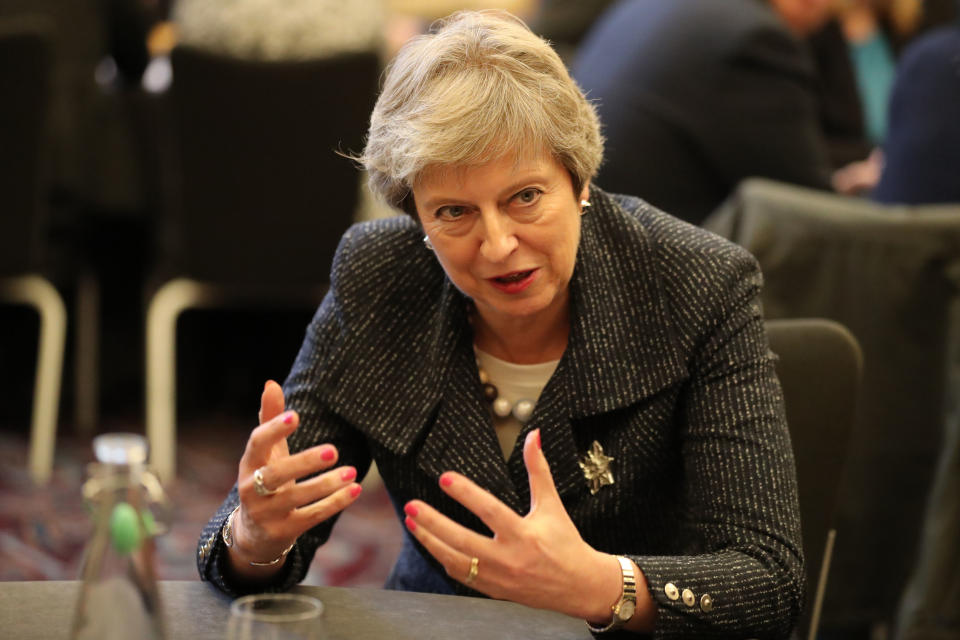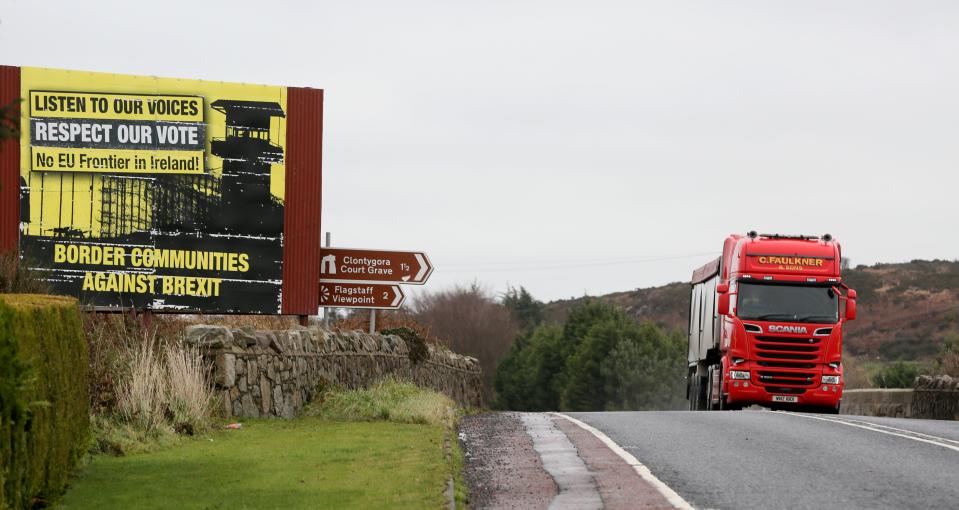Brexit explained: what does the Irish backstop mean?

The Irish backstop has dominated much of the debate over Brexit for the past year, proving a deeply divisive issue in British politics.
But the subject has left many voters scratching their heads, with “What is Brexit backstop” one of the most common searches on Google about Brexit.
Here is what is meant by the backstop plan, which formed part of the draft deal struck by UK prime minister Theresa May’s government and EU negotiators in November.
What a backstop means
The backstop is a fall-back plan to ensure the border between the Republic of Ireland and Northern Ireland remains as smooth and low-key as possible, whatever the terms of Britain’s exit from the EU.
Northern Ireland is the only part of the United Kingdom that has a land border with another EU country, the Republic of Ireland, given the rest of Britain is an island.
The EU’s single market and customs union arrangements currently make it easy for people, goods and services to flow across this border, as they ensure both nations follow similar rules and regulations.
But there are fears that when Britain leaves the EU, it could lead to an increase in safety checks, delays and surveillance at crossing points.
READ MORE: No-deal Brexit ‘could wipe 9.3% off GDP growth’
So the draft withdrawal agreement includes a backstop position, under which the UK would remain closely aligned to current EU rules by default to preserve the largely open border.
The agreement, which still needs parliament’s approval, also includes a two-year transition period and hopes of forging a more comprehensive trade deal between Britain and its largest trading partner after that.
The UK would enter into the backstop, effectively remaining in a customs union with the EU, from December 2020 until such a trade deal had been agreed.
Why an Irish backstop is so important

There is a widely shared commitment among politicians of all stripes to keeping the Irish border as open as possible.
Many fear that barriers between the north and south could revive the tensions behind the Troubles – the 30-year conflict over Northern Ireland’s status as part of the UK.
Military controls on the 500km border were only removed when the Good Friday Agreement brought peace in 1998, allowing more institutional collaboration, business and free movement across the divide.
The backstop plan is also supported by business groups such as the Confederation of British Industry (CBI) in Northern Ireland, as customs and standards checks are seen as obstacles to all-Ireland trade.
Why a backstop is controversial among MPs
Many Conservative MPs who campaigned for Brexit believe the backstop plan would leave the UK subject to unacceptable levels of EU regulation after leaving the bloc.
Parliament forced the government to release its legal advice on the backstop this week, which revealed Britain could be stuck in a customs union “indefinitely” if a new UK-EU relationship could not be agreed.
READ MORE: Northern Irish firms would take backstop over no-deal Brexit ‘any day’
The Democratic Unionist Party (DUP), whose votes the Conservatives rely on to get legislation through the House of Commons, has also strongly condemned the proposals.
The backstop would see the UK remain economically close to the EU, but Northern Ireland would be even closer and face additional European rules.
This would make some checks necessary on British goods entering Northern Ireland, but such a new barrier dividing it from the rest of the UK is strongly opposed by the DUP.
How Theresa May hopes to find a solution
Such concerns among Conservative and DUP politicians are one reason the prime minister is now widely expected to lose a crucial Commons vote on her Brexit deal on 11 December.
In a bid to win over MPs and get her agreement through parliament, she said today she may offer the Commons another vote in future if the government ever planned to enter the backstop.
Yet several pro-Brexit MPs have already dismissed the solution as inadequate, and commentators have warned the EU could push Britain into the backstop even if parliament voted against it.
READ MORE:

 Yahoo Finance
Yahoo Finance 